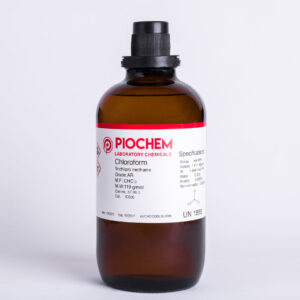Aniline is an organic compound with the chemical formula C6H5NH2. It is a colorless to brown, oily liquid that has a characteristic amine odor. Aniline is hygroscopic, meaning that it absorbs water from the air. It is soluble in water, alcohol, benzene, chloroform, carbon tetrachloride, and most organic solvents.
Aniline is the simplest aromatic amine. It is an industrially significant commodity chemical, as well as a versatile starting material for fine chemical synthesis. Its main use is in the manufacture of precursors to polyurethane, dyes, and other industrial chemicals. Aniline is also used as a solvent, and has been used as an antiknock compound for petrol.
Aniline is a toxic substance. It can be absorbed through the skin, lungs, and digestive tract. Exposure to aniline can cause skin irritation, nausea, vomiting, headache, dizziness, and unconsciousness. In severe cases, exposure to aniline can be fatal.
Here are some of the properties of aniline:
- Colorless to brown, oily liquid
- Characteristic amine odor
- Hygroscopic
- Soluble in water, alcohol, benzene, chloroform, carbon tetrachloride, and most organic solvents
- Toxic
- Can be absorbed through the skin, lungs, and digestive tract
- Causes skin irritation, nausea, vomiting, headache, dizziness, and unconsciousness
- In severe cases, exposure to aniline can be fatal
Here are some of the uses of aniline:
- Manufacture of precursors to polyurethane, dyes, and other industrial chemicals
- Solvent
- Antiknock compound for petrol
Here are some of the safety precautions to take when working with aniline:
- Wear gloves, goggles, and a respirator when working with aniline.
- Avoid contact with skin, eyes, and clothing.
- Work in a well-ventilated area.
- Dispose of aniline properly.
- If you come into contact with aniline, wash the affected area with soap and water immediately.
- If you swallow aniline, call poison control immediately.





Reviews
There are no reviews yet.